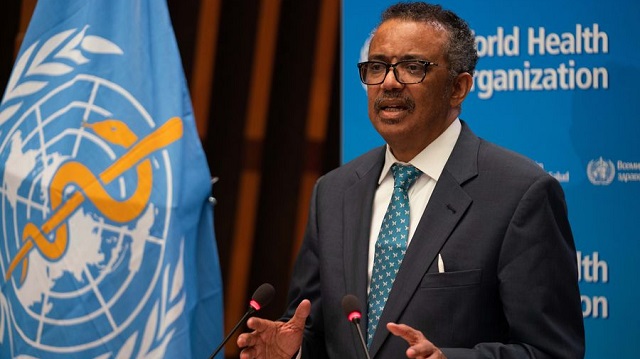
Geneva, Switzerland | Xinhua | The World Health Organization (WHO) said on Wednesday that future coronavirus waves are expected and that governments across the world need to remain vigilant and ready to respond to any threat that may emerge.
“We have never been in a better position to end the pandemic,” WHO Director General Tedros Adhanom Ghebreyesus said at a press briefing here on Wednesday.
According to the WHO, during the week of Sept. 5-11, the number of new weekly cases worldwide decreased by 28 percent over the previous week to over 3.1 million. The number of new weekly deaths was down 22 percent to just under 11,000.
Tedros likened the pandemic response to a marathon race. “Now is the time to run harder and make sure we cross the line and reap the rewards of all our hard work.”
Nevertheless, the WHO’s experts continue to urge caution.
The virus is “circulating at a very intense level around the world at the present time. And, in fact, the number of cases that are being reported to the WHO we know are an underestimate,” Maria Van Kerkhove, technical lead of the WHO’s Health Emergencies Program, said.
“We feel there are far more cases that are actually circulating than are being reported to us,” she said.
“We expect there to be future waves of infection, potentially at different time points throughout the world, caused by different subvariants of Omicron or even different variants of concern,” she noted.
Those future waves of infection “do not need to translate into future waves of death, because we have tools that can prevent infections,” she said.
Even as the pandemic wanes, people should maintain high levels of vigilance, said Mike Ryan, executive director of the WHO’s Health Emergencies Program.
The world is fighting “a highly mutable evolving virus that has shown us, time and time again in two and a half years, how it can adapt and how it can change,” said Ryan.
 The Independent Uganda: You get the Truth we Pay the Price
The Independent Uganda: You get the Truth we Pay the Price


